The protected environment reserves (by federal law) quarrying rights for Native Americans only. The pipes made from the stone are of major ceremonial importance to the Native American culture, as well as to the intertribal trade market of the Plains Indians. The stone was also used to make other items of spiritual significance.
Our first stop, as always, was the Visitor Center where we saw a video that featured Native Americans explaining the uses and importance of the pipestone in their spiritual lives.
The pipe is believed to provide communication between the spirt power and human beings. Prayers given when smoking a pipe are carried to the Great Spirit by the smoke. They have been used for religious ceremonies for thousands of years.
The pipestone (named catlinite) was first scientifically identified when anfrontier artist, George Catlin, collected a sample and sent it to Boston for analysis. It had never been recorded before and was named in his honor.
The making of pipes in the same fashion they have been made for hundreds of years cam be observed at the Visitor Center. A gift shop in the same area sells pipes and other items made of pipestone. They were so impressive, we even bought a small pipe ($50)!
Be sure to check out the small gallery located next to the gift shop.
We picked up a Circle Trail Guide and began our exploration of the the area. There is one quarry that you can walk into to see the various rock layers in this prairie. Under a few inches of earth is the pink Sioux quartzite. Under many layers of quartzite is the prized red-colored pipestone.
First we explored the South Quarry Trail where various quarrying efforts are underway. Native Americans may apply for a permit to quarry here (takes up to 5 years to obtain approval). There are 30 - 40 permits at any given time. Quarrying is very difficult and must be done by hand using basic tools (shovel, wedges, sledge hammers, crow bar, chisels, whisk broom). Explosives or heavy equipment would shatter the stone. Most of the quarry work is done in the fall. We did not see anyone working on the day we visited, but we did see evidence of their work. Also prayer ribbons and bundles can be see in the trees near the quarries. Visitors are not permitted in any of these quarries nor can they take any rocks, etc., from the national monument.
Below you can see the use of wedges in the quarrying process and prayer ribbons in a tree over a quarry.
The Circle Trail continued along this quartzite rock wall. The Sioux quartzite is one of the oldest stone in the world, approximately 1.7 billion years old. The pipestone is approximately 100 feet below the surface at this point.
The Oracle is one of nature's sculptures in the quartzite. Many Native Americans believe this stone face is the guardian spirit that overlooks the pipestone quarries. They believe that the Oracle will give wisdom to quarries who leave offerings and say prayers here.
Found on the Pipestone Creek are the lovely Winnewissa Falls. Take the path to the right to the steps that take you above the falls.
Leaping Rock (on the right) was where young warriors of local tribes leaped the chasm to prove his valor and placed an arrow in the crack of the rock. A young woman may reject the attentions of a young warrior until he proved his prowess by jumping onto Leaping Rock (yikes!) The third photo shows the natural rock formation called "the old man" of the quarry.
Next to Leaping Rock is an inscription (very faded) in the stone made by the Nicollet Expedition who were the first white men to visit the area in 1838. Joseph Nicollet, mathematician and scientist, led the expedition that created the first map of the upper Mississippi and Missouri River basin. The inscription has his name and the initials of the members of the expedition.
Natives Americans grew tobacco, but when it was scarce/unavailable they made a mixture of plant ingredients (willow and dogwood bark, sumac leaves, and several other plants) to make kinnikinnick to smoke. The red leaves of the smooth sumac bushes were gathered in the fall and dried.
This small lake is named for Longfellow's fictitious character, Hiawatha. Lake Hiawatha used to be a swampy area until a small dam was constructed on Pipestone Creek in the 1930 to enlarge and deepen the pond creating a swimming hole for children of the Pipestone Indian Boarding School. Also shown is a large tree with many prayer ribbons and bundles that we saw in the distance from this location.
As we neared the Visitor Center, the path continued through the prairie and along lovely Pipestone Creek. This continues to be a very active place for Native American religious ceremonies.
We had never heard heard of this place, but after our visit today, I can say that it was fascinating to learn about the history of the sacred pipestone and the laborious process to quarry it.
As we were leaving the monument, we saw several large boulders on the right side of the road called, The Three Maidens. These rocks are called erratics and are granite (unlike the quartzite predominantly found here). It was carried here by a glacier and was probably one huge boulder that has split into multiple large ones due to the effect of freezing water. Some of the Native Americans that visit the monument pray here and leave offerings of food and tobacco.
Admission to the monument is $7/person unless you have a pass. For additional information about Pipestone, check them out online at www.nps.gov/pipe.



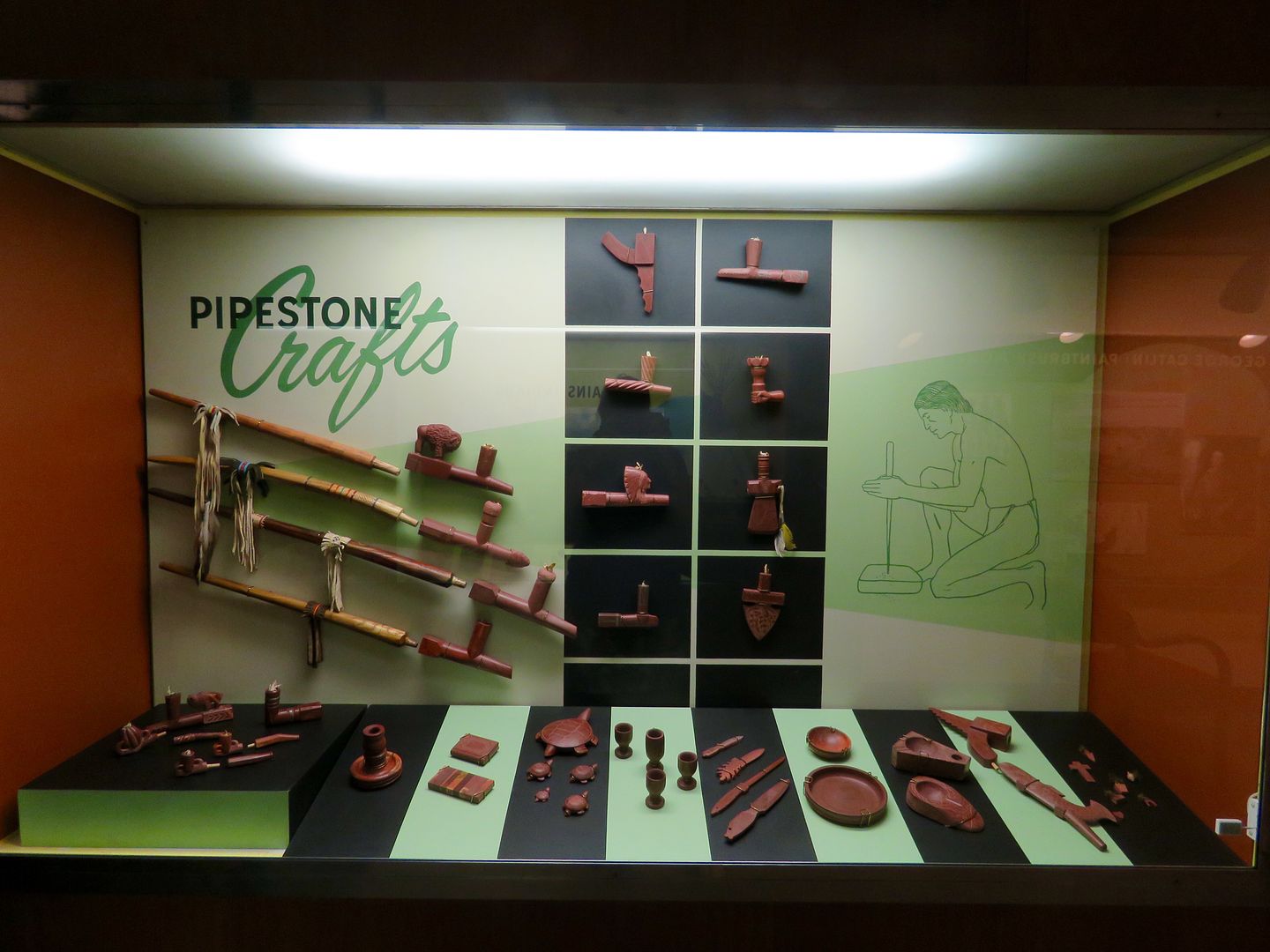


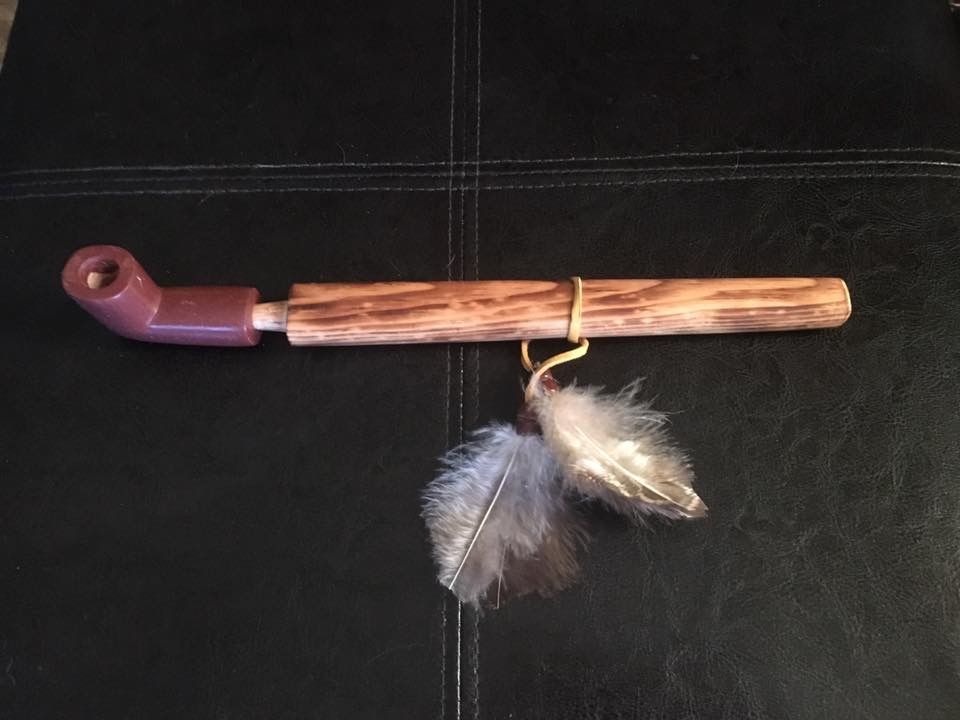
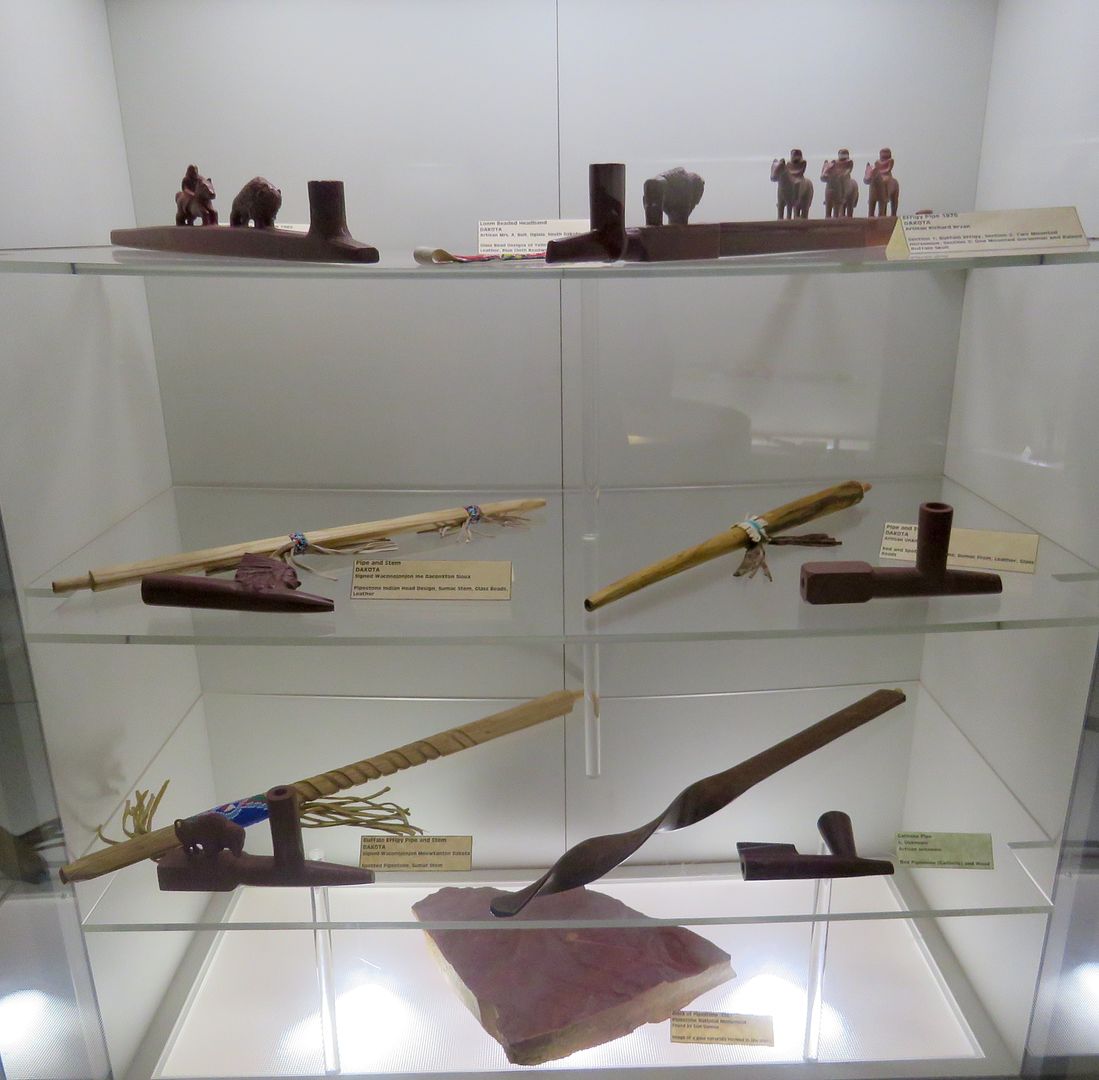
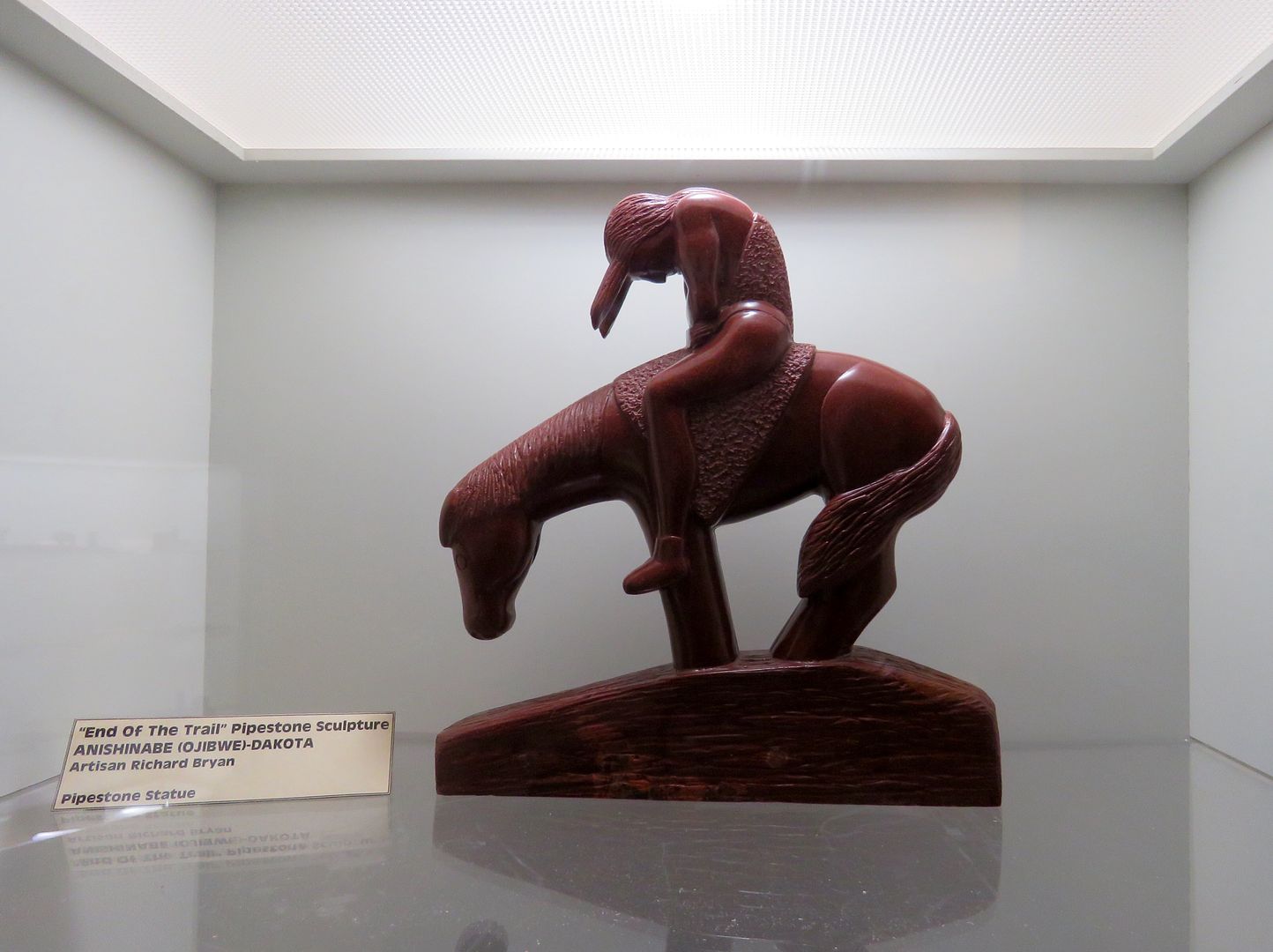
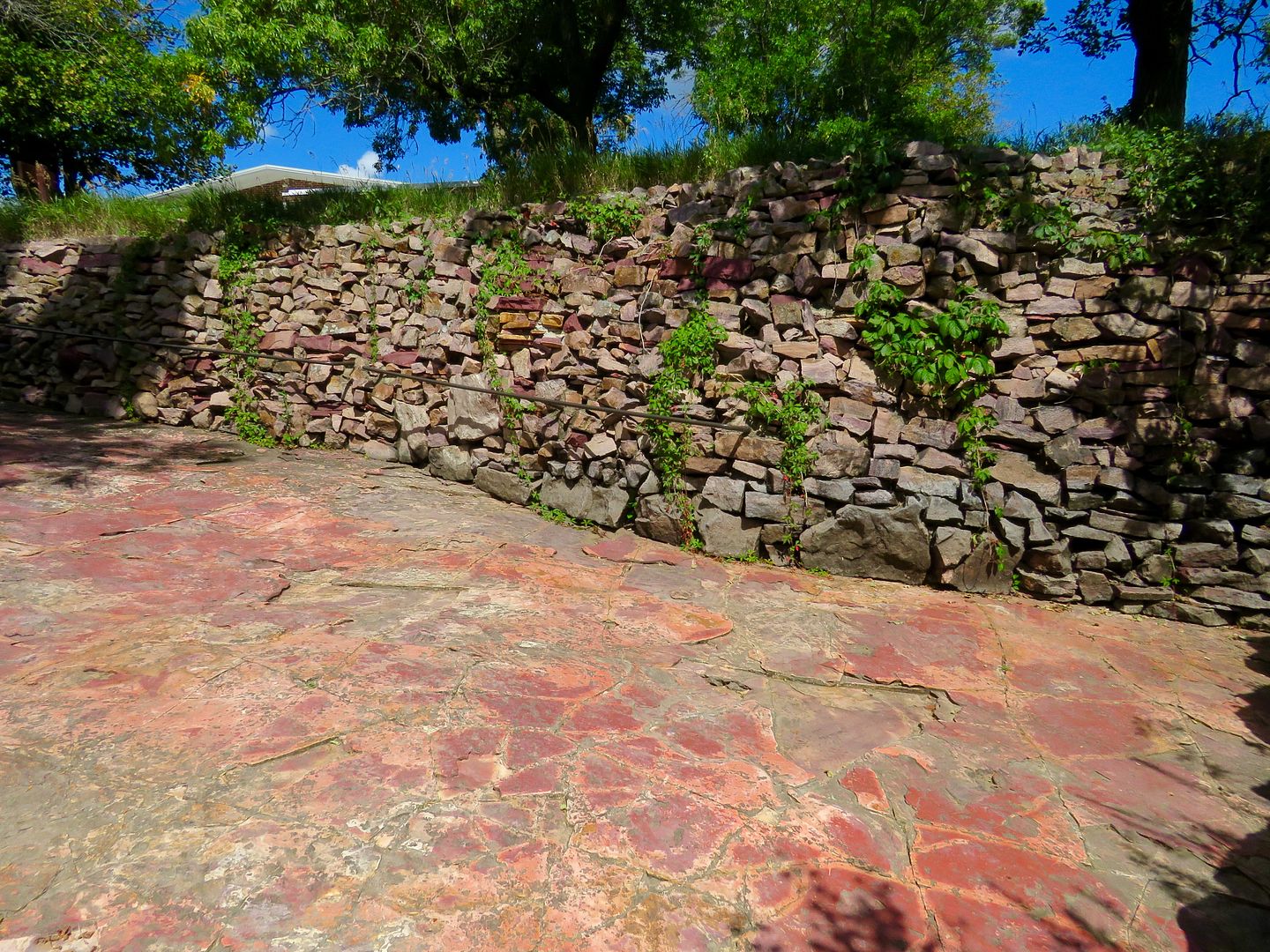
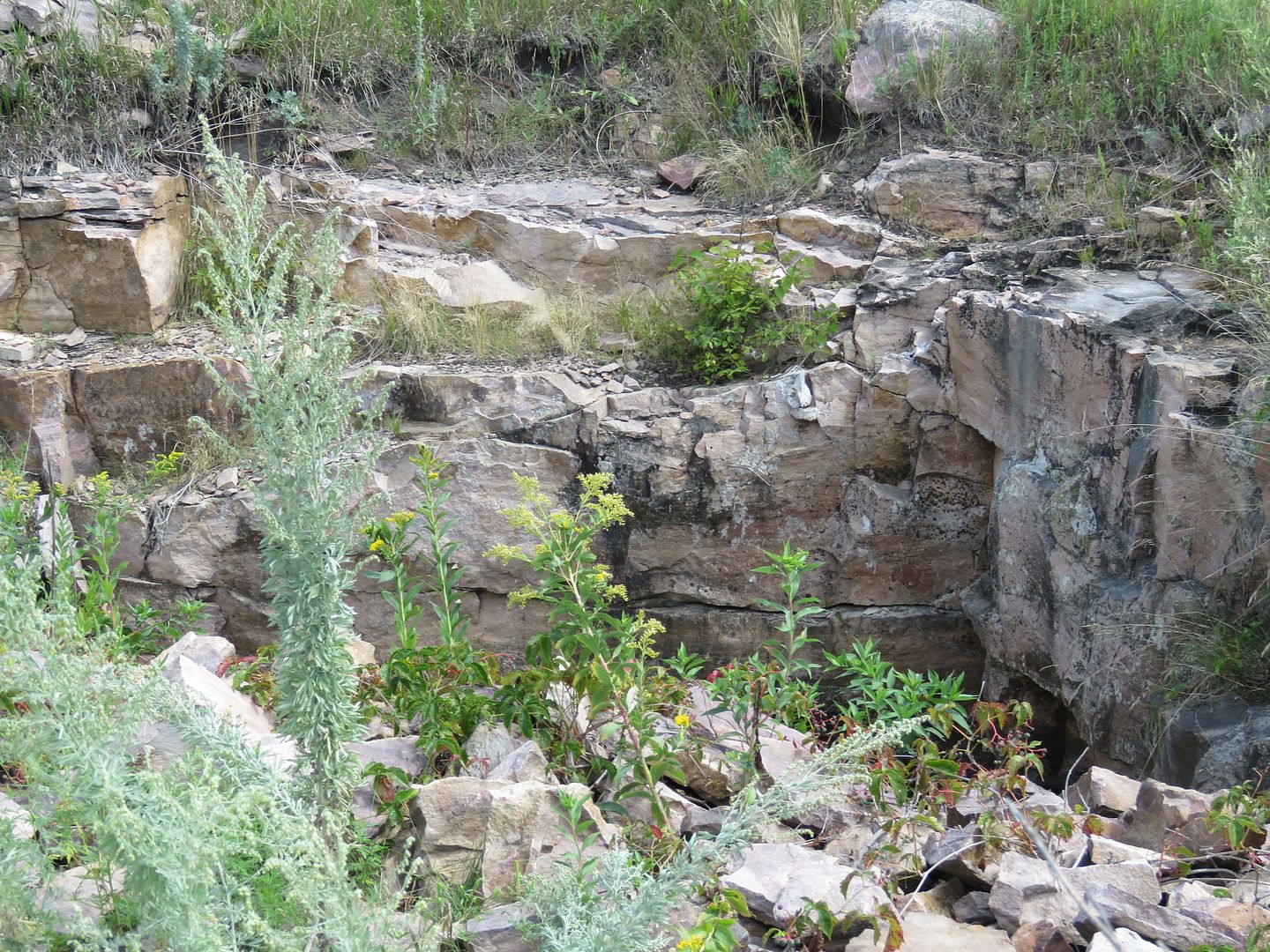
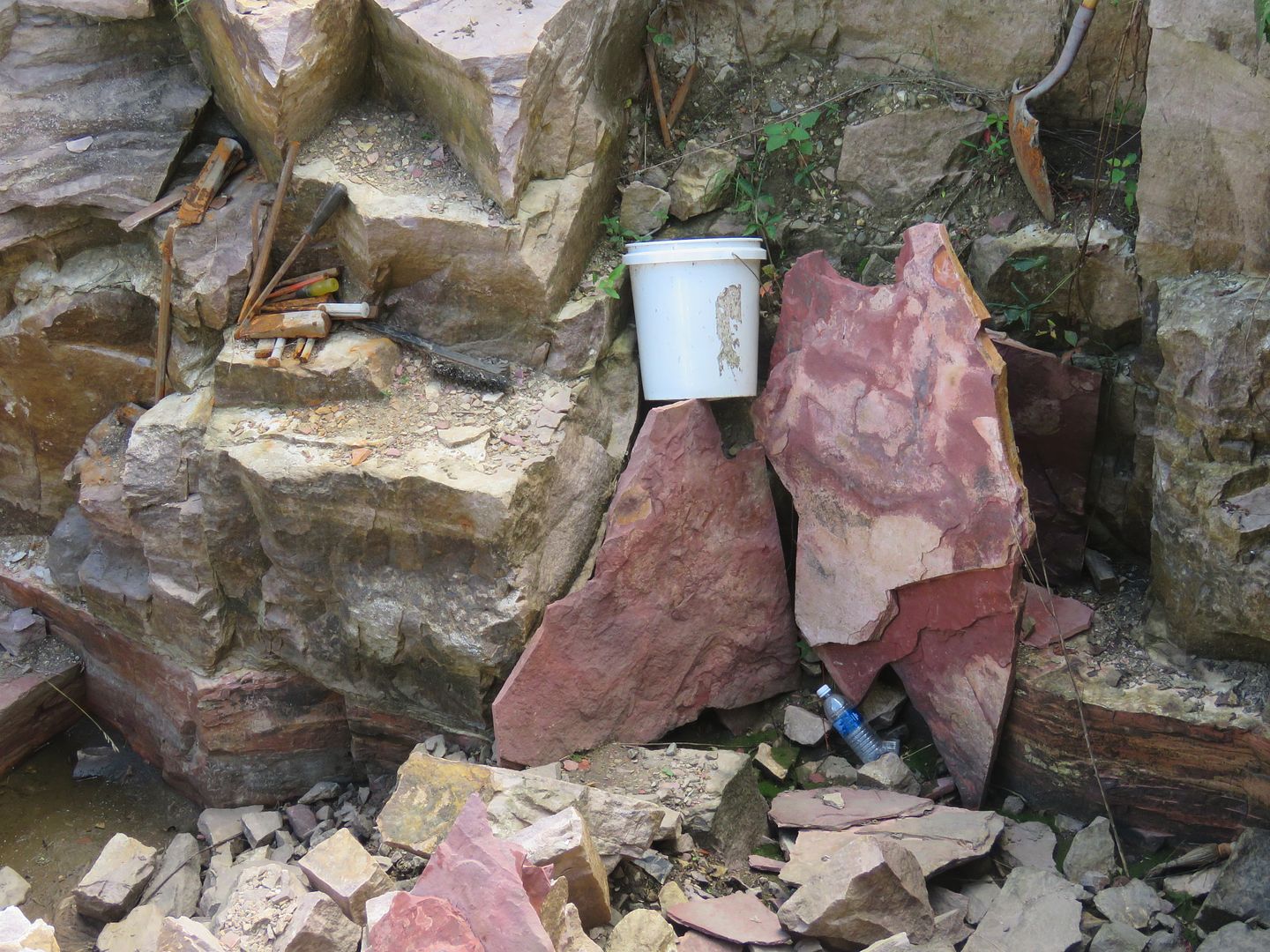
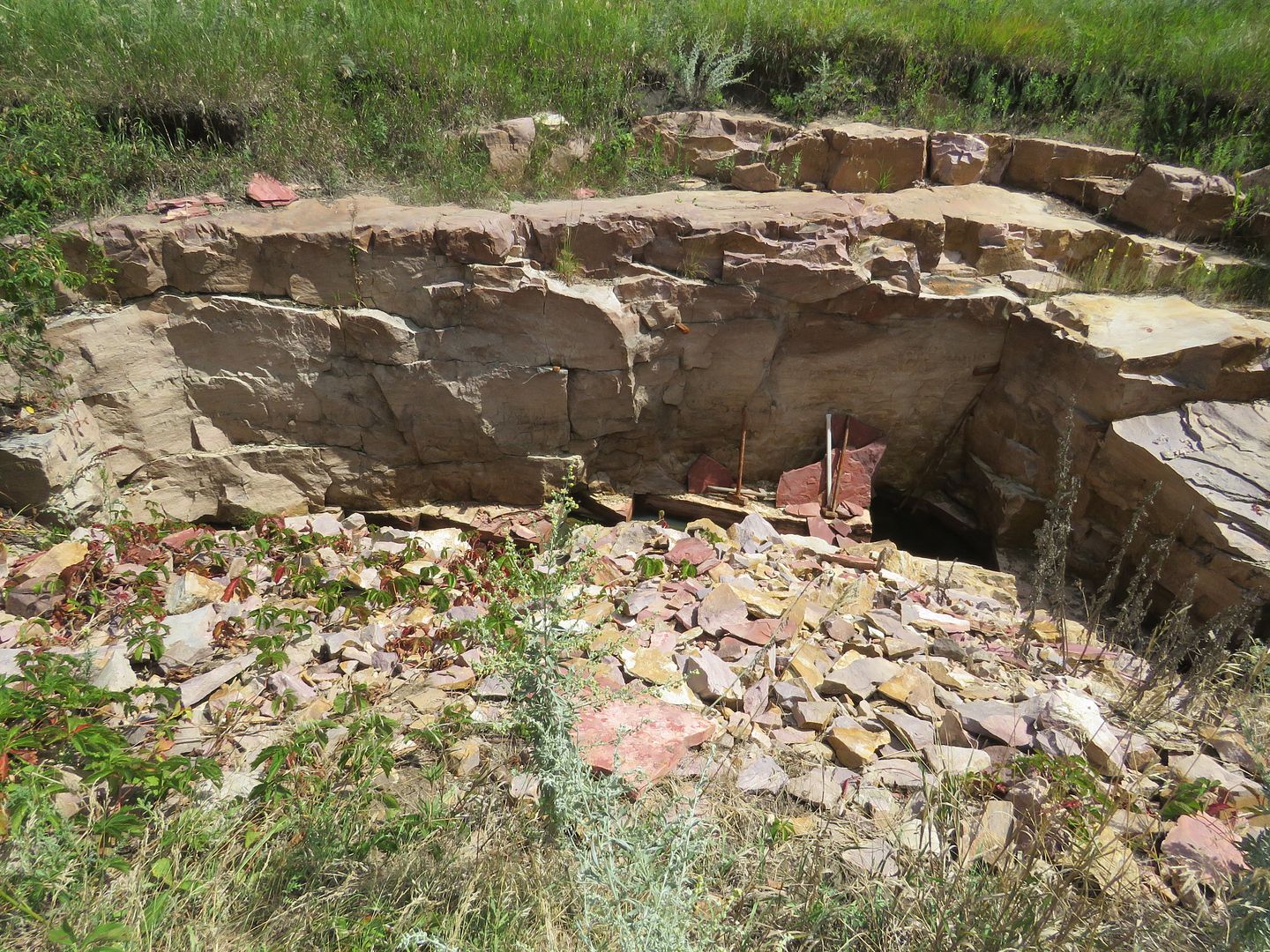

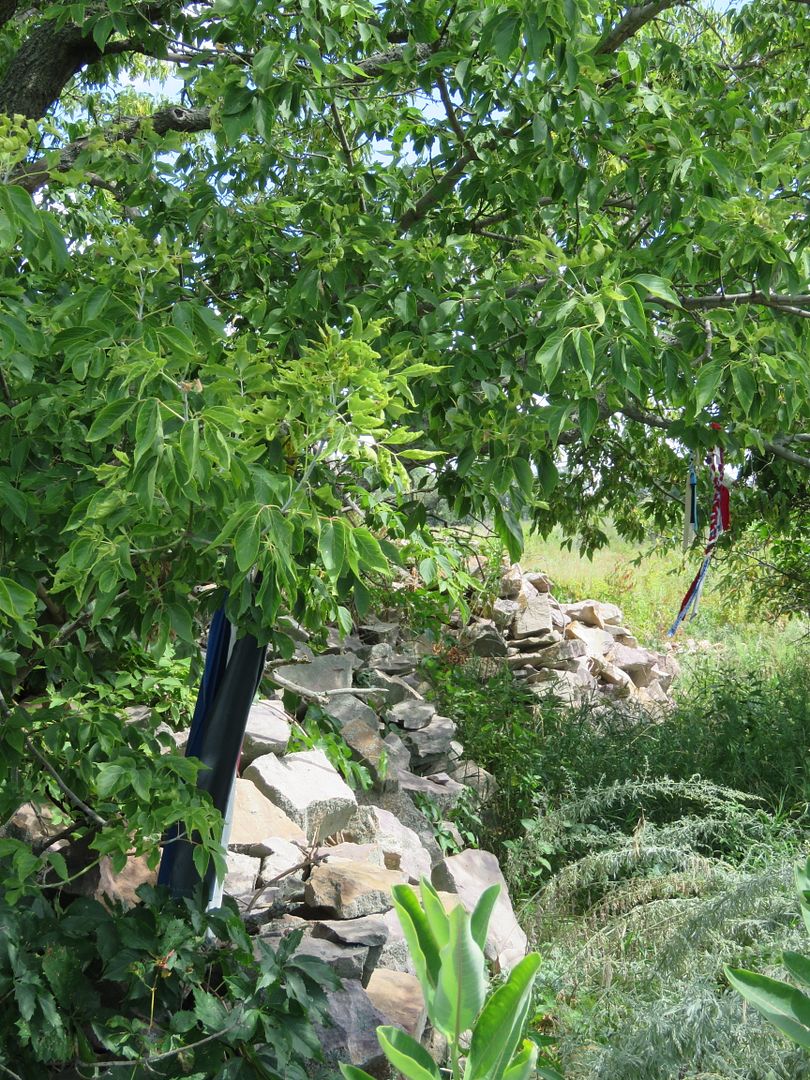
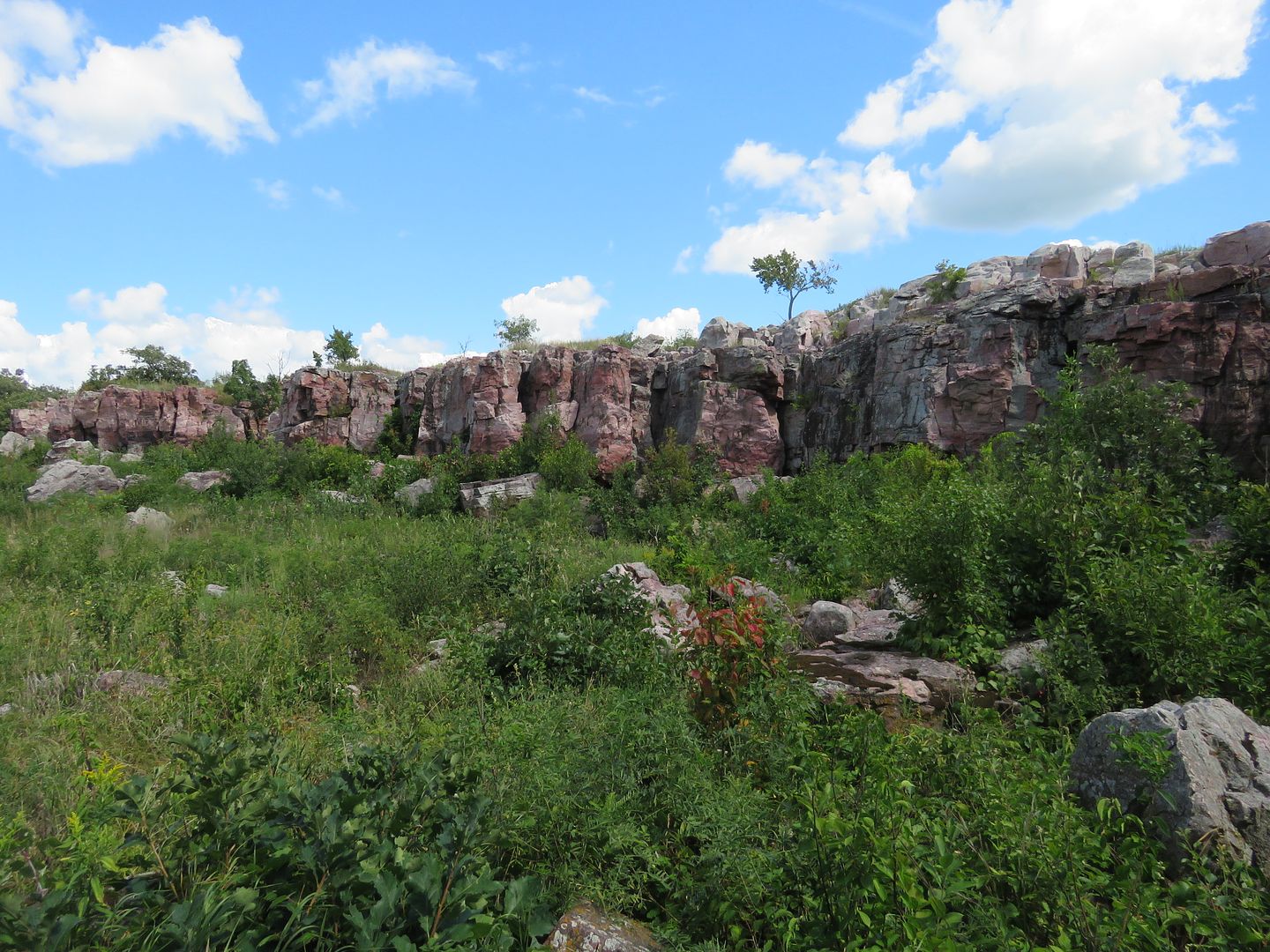
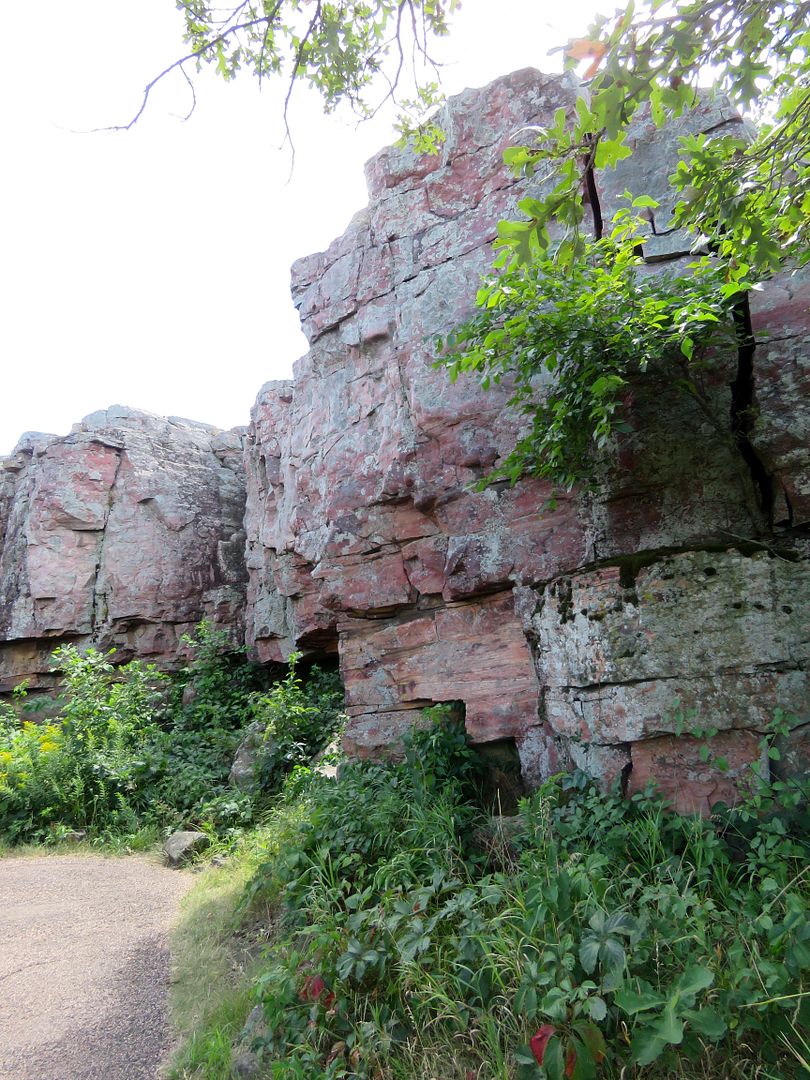


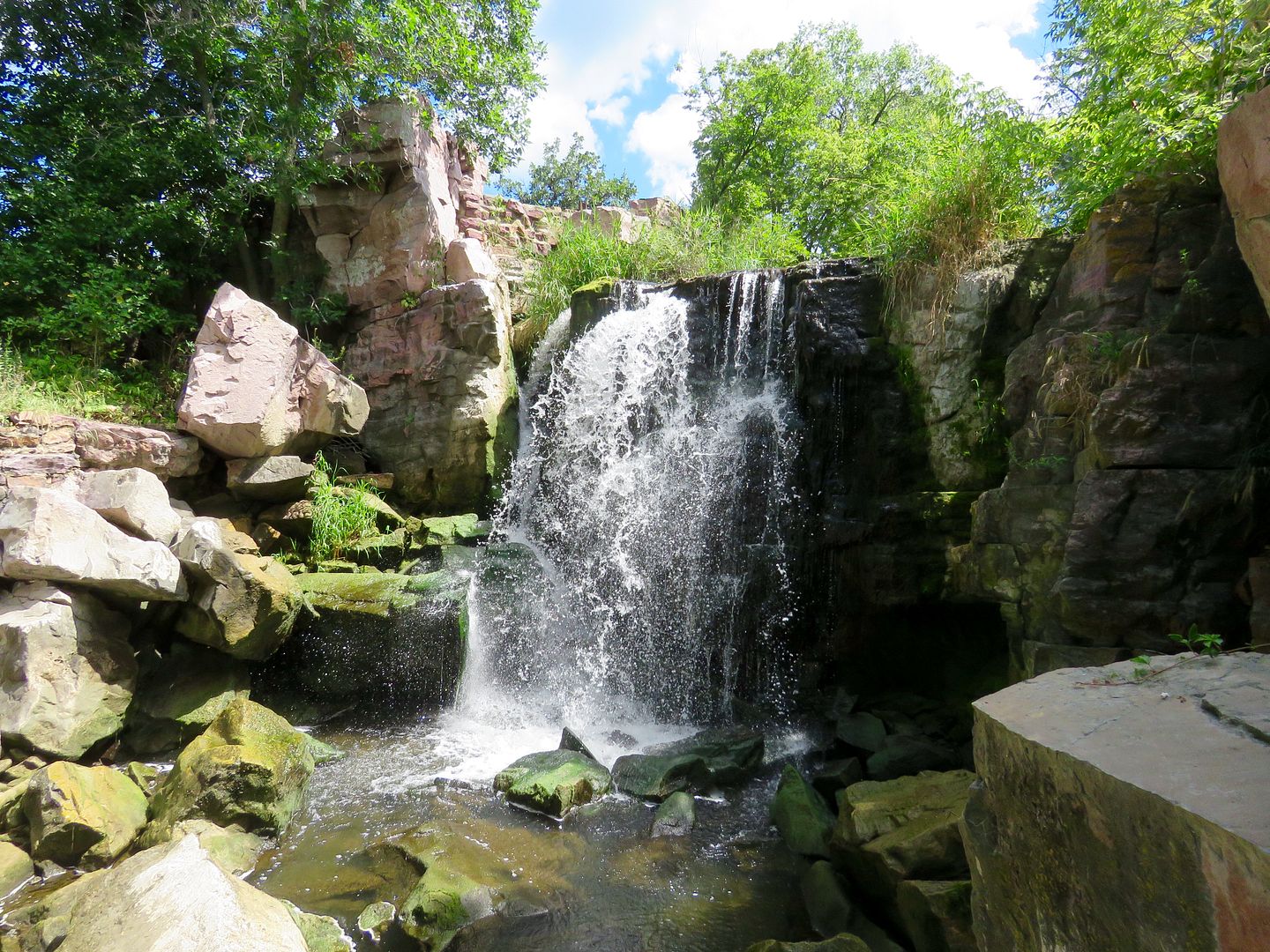
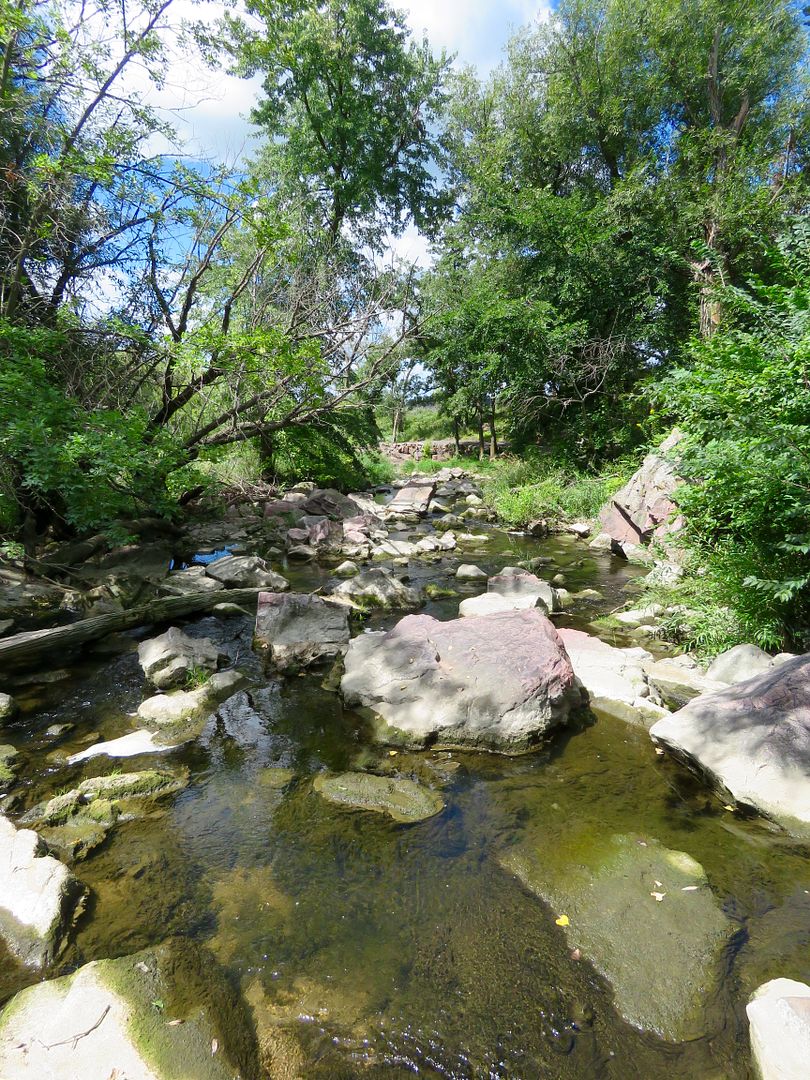
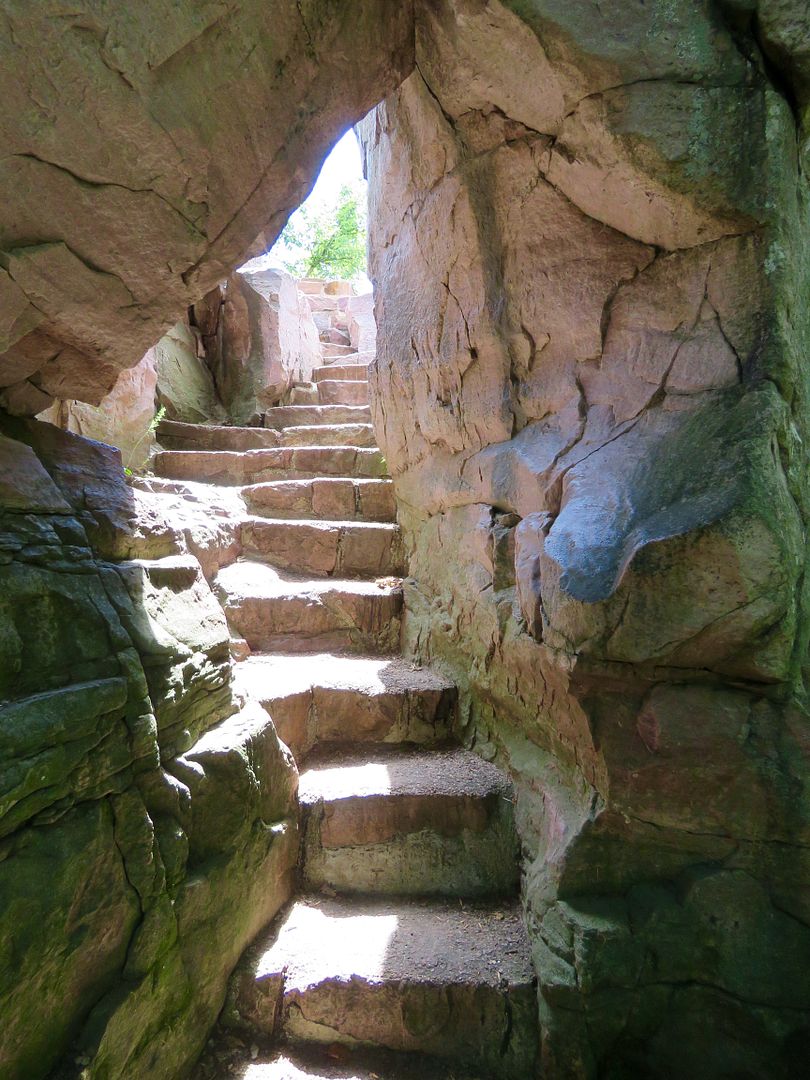
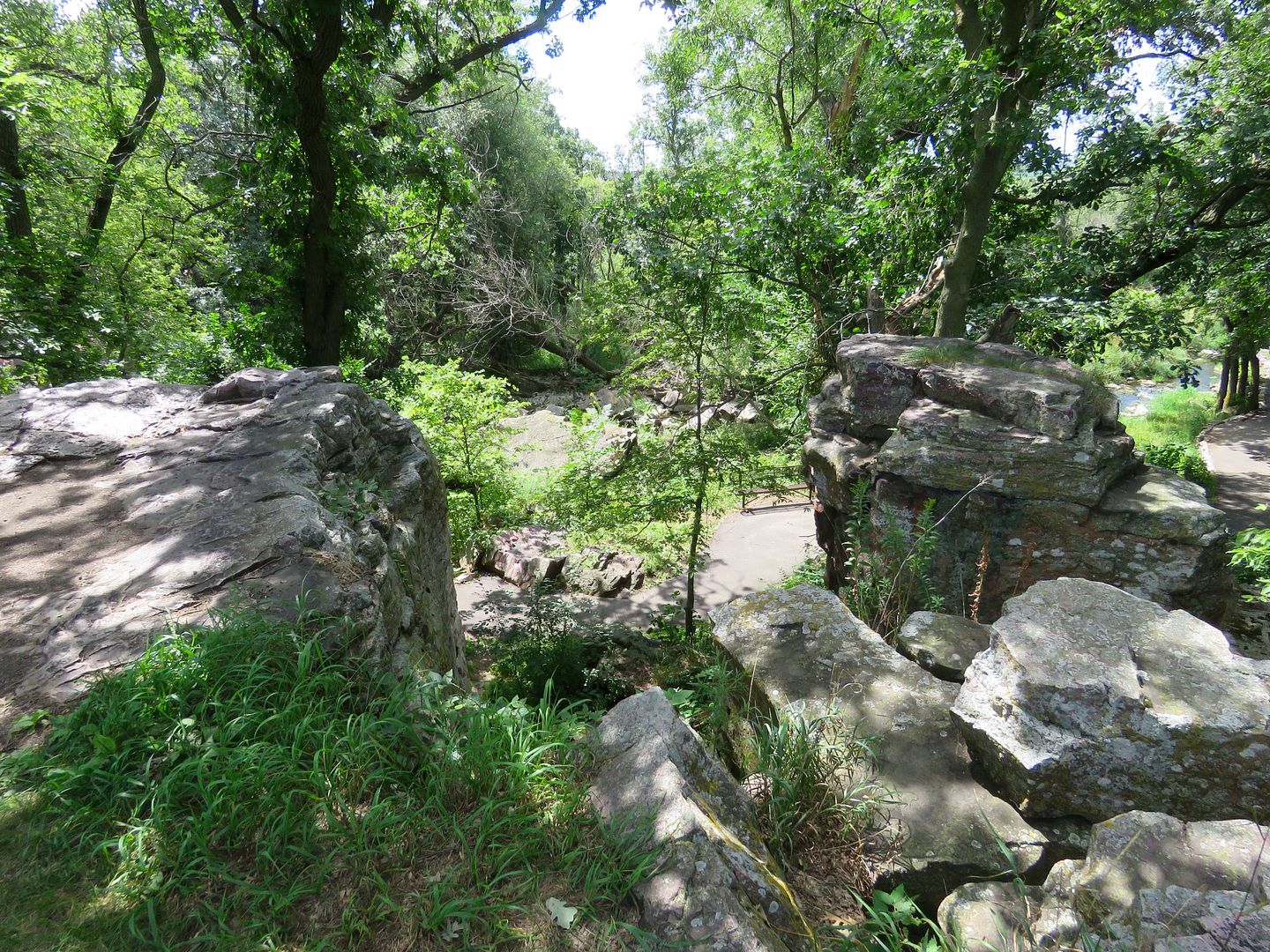

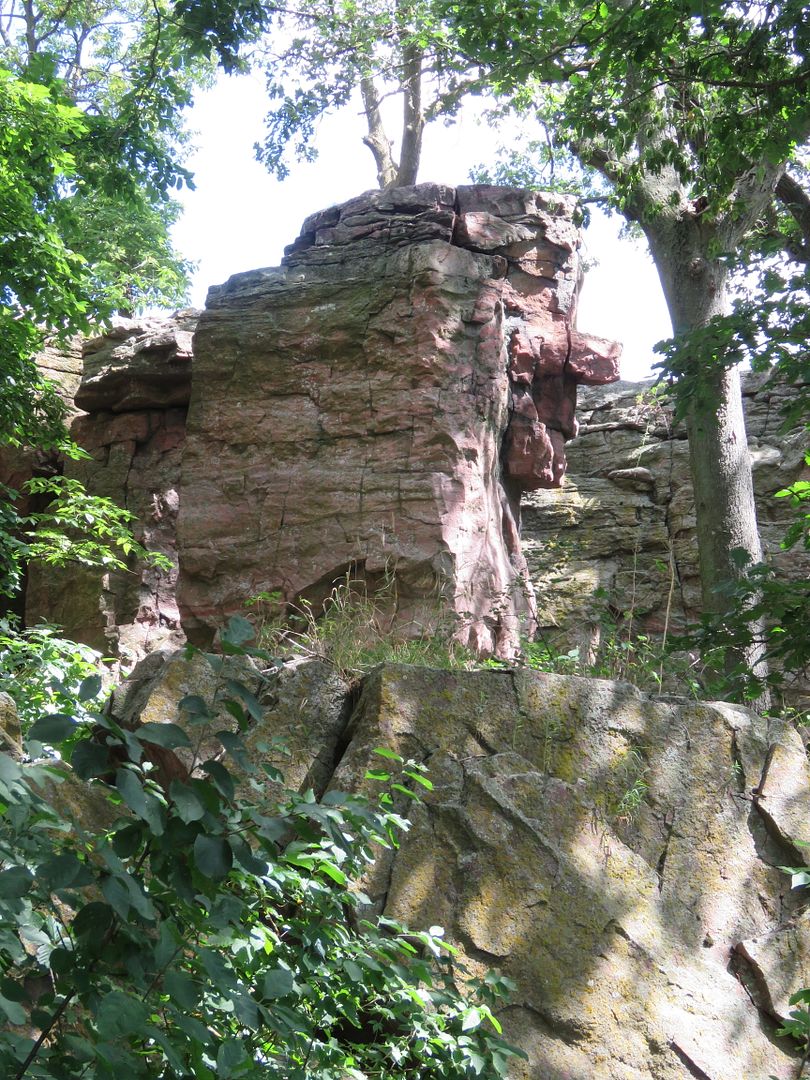
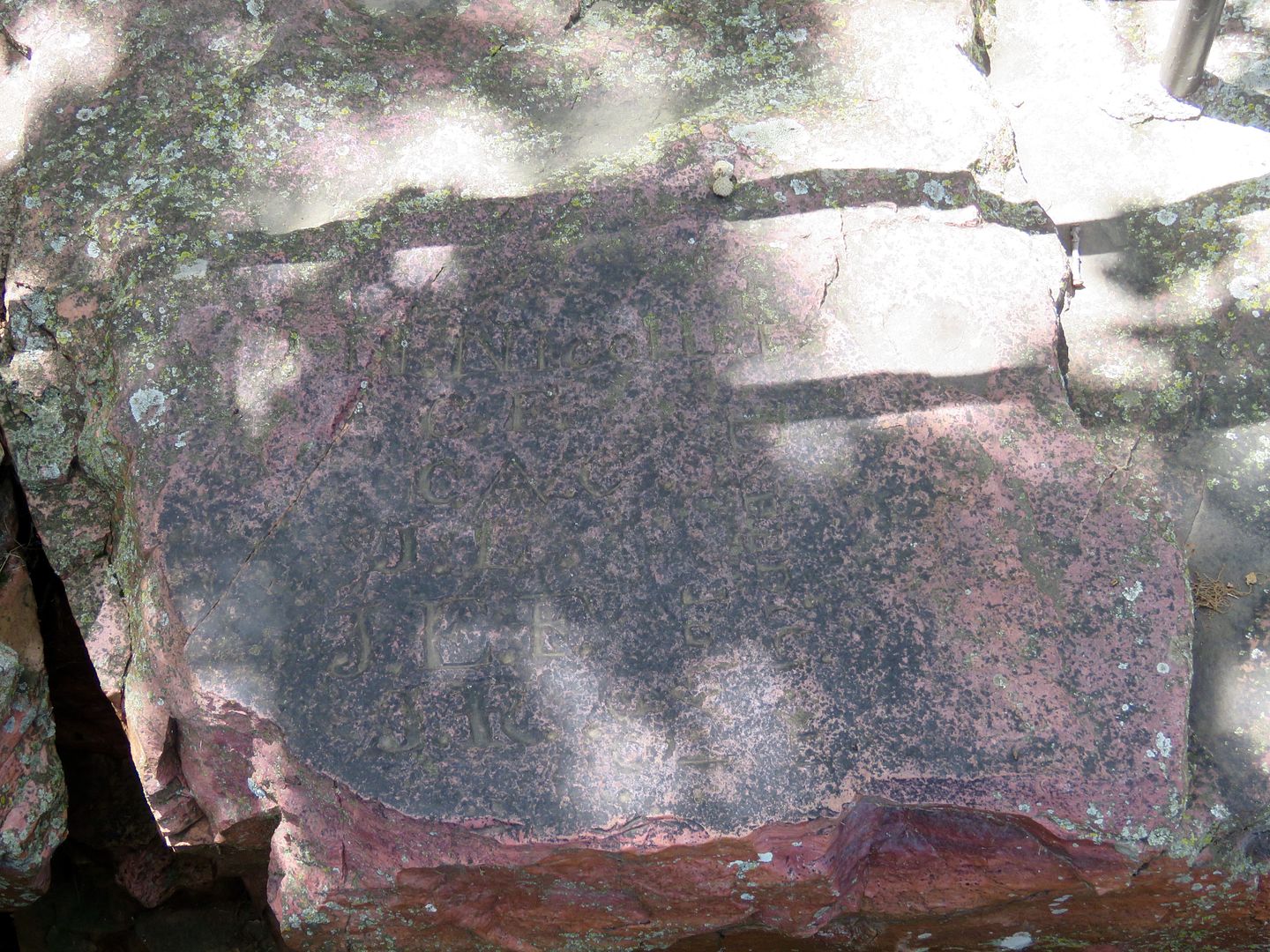

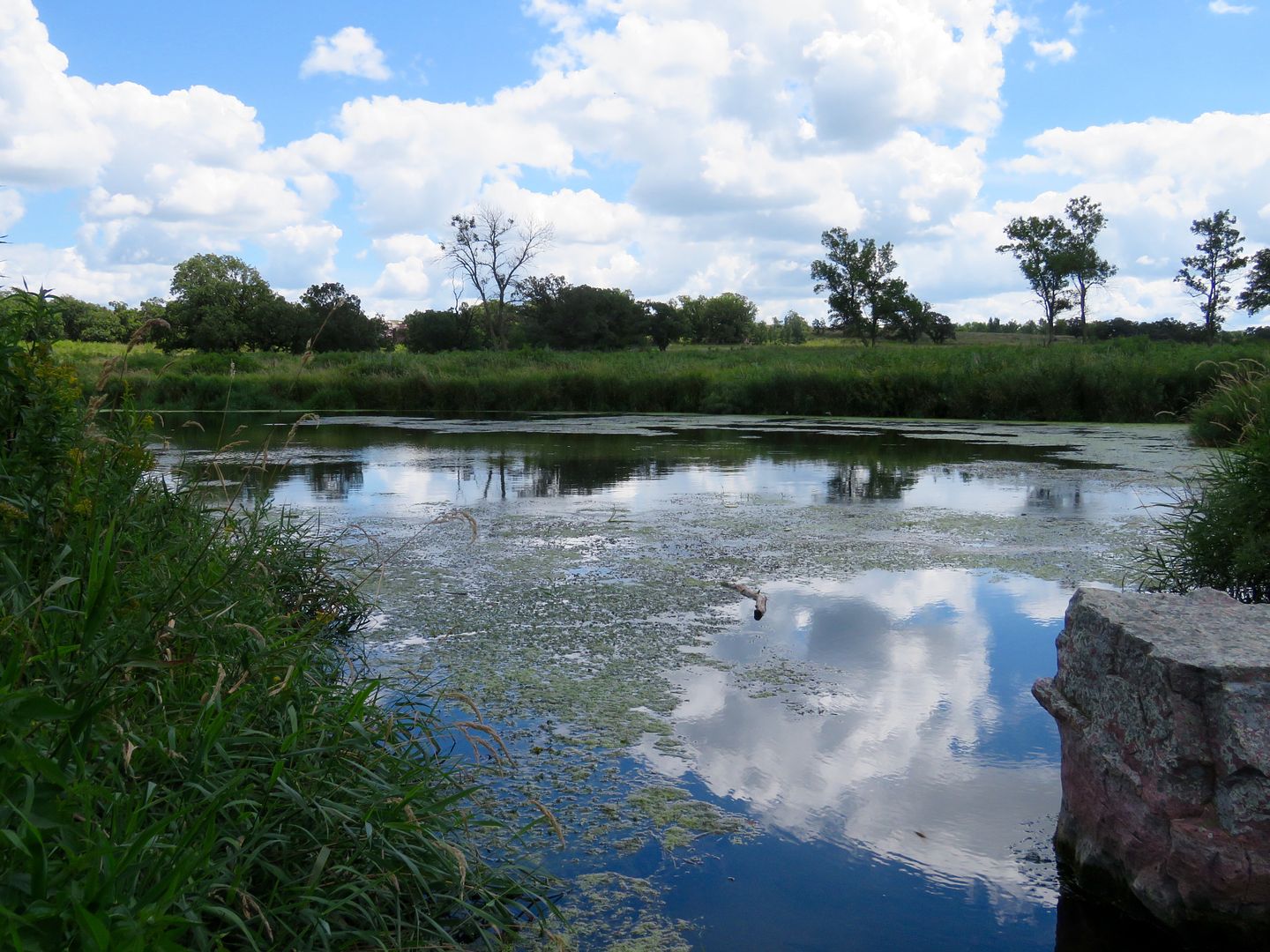

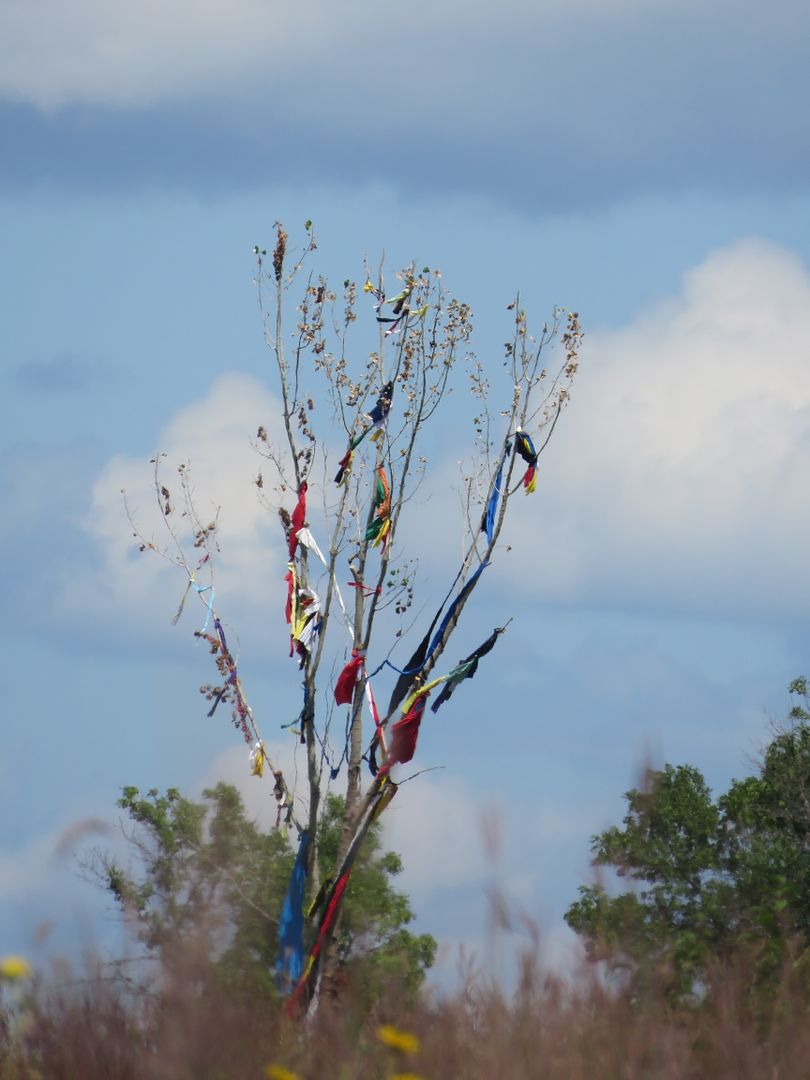
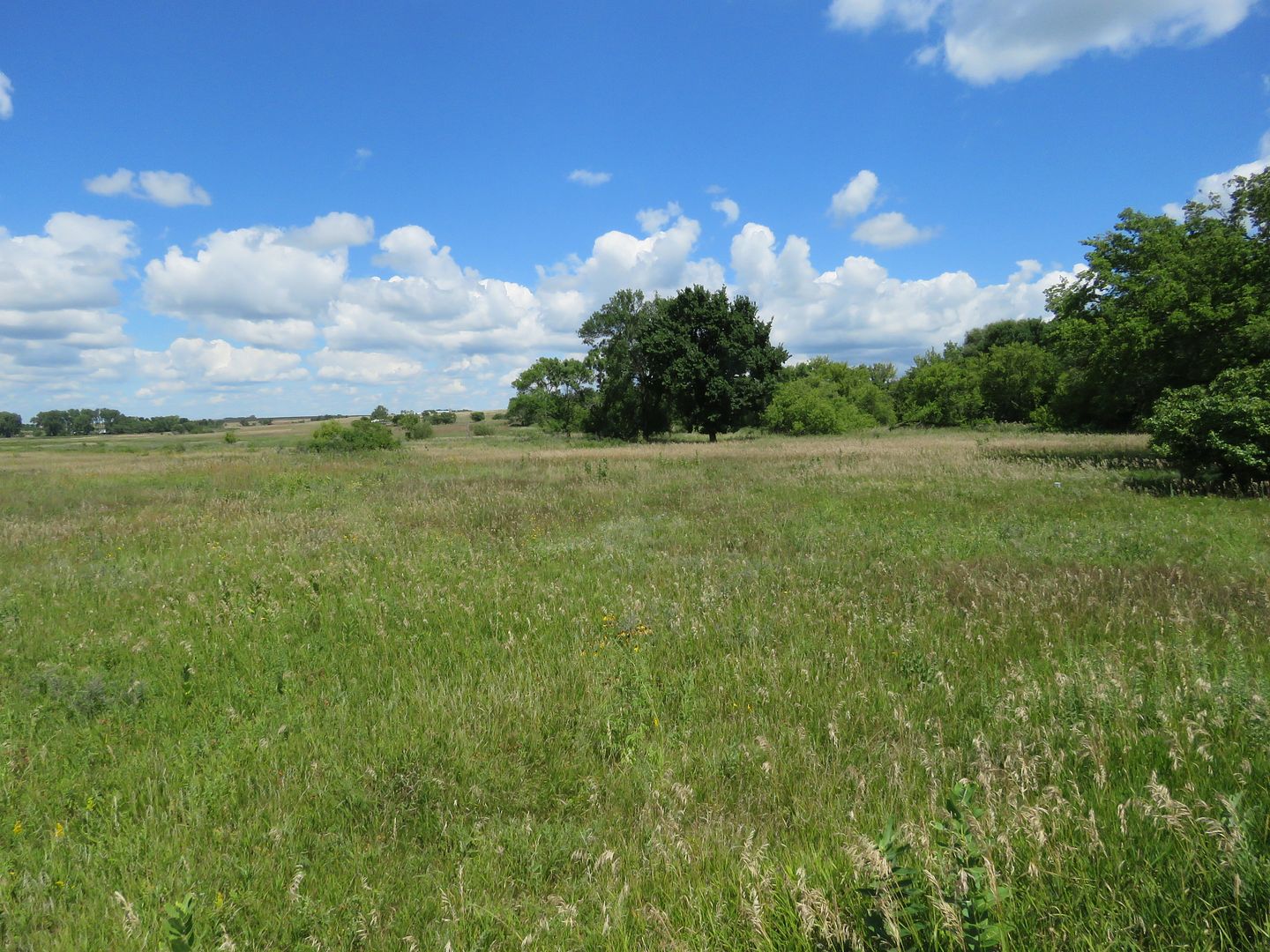
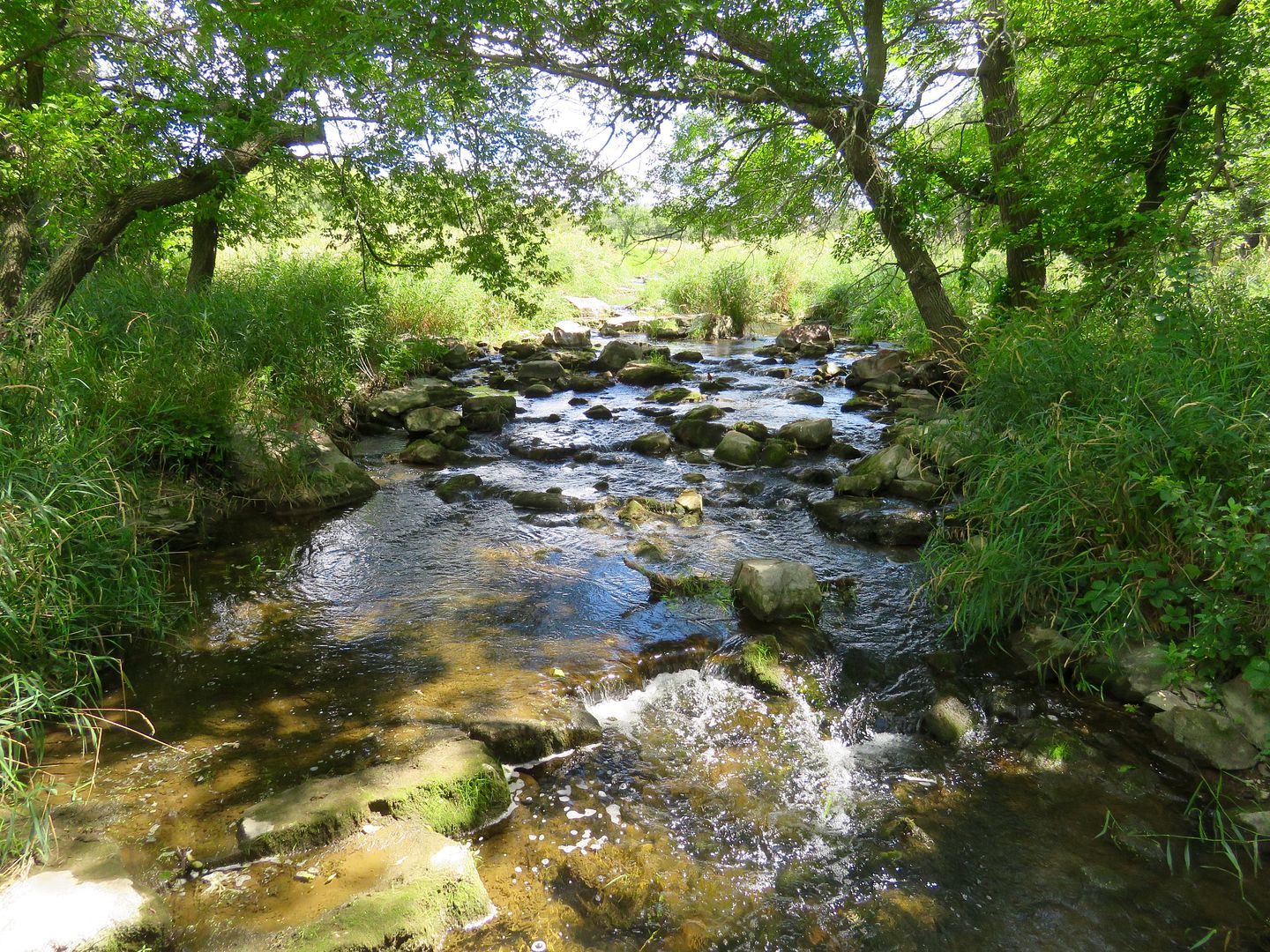
No comments:
Post a Comment